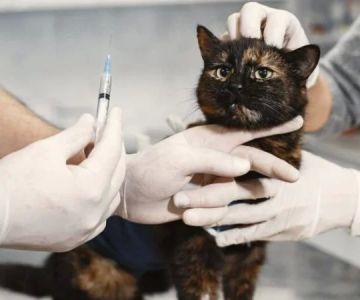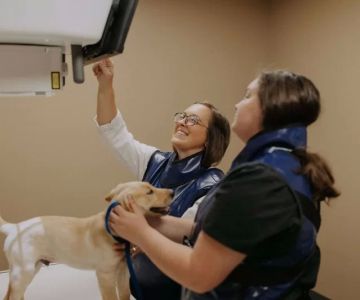- 1-Understanding-Veterinary-Emergency-Group-Services
- 2-Factors-Influencing-Costs
- 3-Real-Experiences-and-Case-Studies
- 4-Balancing-Costs-with-Quality-Care
- 5-Tips-for-Managing-Emergency-Vet-Expenses
1. Understanding Veterinary Emergency Group Services
Veterinary Emergency Group (VEG) provides critical care for pets during emergencies, offering services like 24/7 treatment, diagnostics, surgeries, and intensive care. These specialized services often come at a premium compared to regular veterinary visits, reflecting the urgency and resources involved.

999 N State Rd 434 #1010, Altamonte Springs, FL 32714, USA
See Details1.1 Scope of Emergency Care
VEG facilities handle everything from trauma cases to acute illnesses, requiring advanced equipment and experienced specialists. This comprehensive approach ensures pets receive immediate and effective treatment.
2. Factors Influencing Costs
2.1 Nature and Severity of the Emergency
Costs vary greatly depending on the type and severity of the pet’s condition. Complex surgeries, extensive diagnostics, and prolonged hospitalization increase expenses.
2.2 Location and Facility Standards
Emergency veterinary centers in urban areas or with state-of-the-art facilities may charge higher fees. VEG’s reputation for quality care also affects pricing.
3. Real Experiences and Case Studies
3.1 A Critical Surgery Case
One pet owner faced a sudden emergency when their dog required immediate surgery after an accident. The Veterinary Emergency Group’s prompt response and expert care were lifesaving but came with a significant bill, illustrating the cost-quality balance.
3.2 Affordable Care Options
In contrast, some emergency cases require minimal intervention, resulting in lower costs. VEG also offers payment plans or guidance on pet insurance to alleviate financial burdens.
4. Balancing Costs with Quality Care
While Veterinary Emergency Group services may seem expensive, the quality, expertise, and lifesaving potential often justify the investment. For pet owners, understanding these factors helps make informed decisions during stressful emergencies.
5. Tips for Managing Emergency Vet Expenses
5.1 Planning Ahead with Pet Insurance
Pet insurance can significantly offset emergency vet costs, providing peace of mind and financial support when unexpected situations arise.
5.2 Discussing Payment Options
Many VEG facilities offer payment plans or financing options—don’t hesitate to discuss these with your veterinary team.
5.3 Utilizing Trusted Resources
For additional guidance and assistance, consulting with professionals like ESPLawyers can help navigate legal and financial concerns related to emergency veterinary care.
If you’re considering Veterinary Emergency Group services and wondering, “Is Veterinary Emergency Group expensive?” remember that investing in your pet’s health is invaluable. Explore available financial options and expert resources to ensure your pet receives the best care without undue financial stress.










